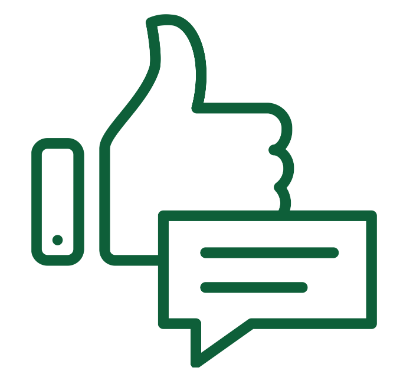What is Digital Citizenship?
The distinctions between digital literacy, digital communication, digital etiquette, and digital rights and responsibilities strike me as most informative. When we exchange information electronically with others, we are engaging in digital communication. When we are in the process of learning about technology and how to use technology to learn, we are becoming digitally literate. When we adhere to standards of conduct or procedures in our use of technology, we are upholding digital etiquette. When we accept our rights to privacy and free speech as well as our responsibility to use technology appropriately, we are recognizing digital rights and responsibilities.
Given recent concerns over offensive behavior on Facebook by a group of Canadian university students, additional digital citizenship notions of protecting confidential communication from being breached (digital security or self-protection) and taking responsibility of actions and deeds (digital law) also bring insight.
If you’re like me, looking for some clarifying definitions to assist your role and the roles of others in digital citizenship, you’ll find this useful too. Check out the rest of the website and learn more about Mike Ribble.
